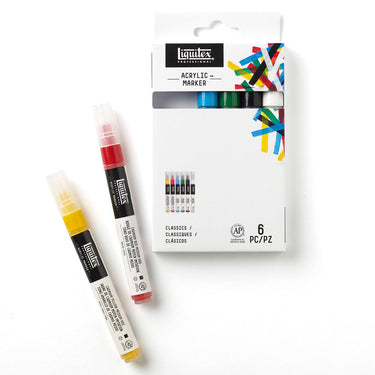Introducing Cobalt Blue, a pigment with an origin story that goes back to the earliest arts and crafts. Chemically known as cobalt (II) oxide-aluminum oxide or PB28, cobalt blue is related to the smalt that has been used to color glass since ancient Mesopotamia in 2,000BC.
HISTORY AND ORIGIN
The word cobalt comes from the Middle High German word kobolt. This is translated as underground goblin - fitting, as cobalt ore can be very difficult to extract from the ground. In its natural raw state, cobalt isn’t actually blue. It’s a burnished silver. The vibrant blue is only obtained when processed and heated to extreme temperatures.
Chinese craftsmen were using smalt to color their blue and white porcelain as early as the eighth century. But it wasn’t until the blue element of smalt was isolated in the 18th century that its future changed. In 1777, Gahn and Wenzel found cobalt aluminate when experimenting with a soldering blowpipe. French chemist Louis Jacques Thénard refined the production process in the lab in 1802. Before that point, the main blue for artists was ultramarine, ground from the expensive semi-precious stone lapis. Thénard was tasked by the French government to find a cheaper alternative. He succeeded - by roasting cobalt arsenate and cobalt phosphate with alumina in a furnace – calling the pigment cobalt blue. Commercial production began in France in 1807 and it hasn’t looked back since.
In 1818, leading water colorist John Varley promoted it for painting skies, writing in his "List of Colours": "Used as a substitute for ultramarine in its brightness of colour, and superior when used in skies and other objects, which require even tints; used occasionally in retrieving the brightness of those tints when too heavy, and for tints in drapery. Capable, by its superior brilliancy and contrast, to subdue the brightness of other blues."
CHARACTERISTICS OF BLUE COBALT
Neither warm nor cold, cobalt blue is a vibrant clean blue with a mid tinting strength. It’s one of the more expensive pigments - one of our Series 4 colors - but delivers consistent stability and lightfastness. It’s less intense and deep than ultramarine and gives a range of muted color mixes.
COBALT BLUE IN PRACTICE
It’s been used by some of the leading painters in art history - on some of the world most iconic paintings. JMW Turner first used it for the sky in his oil sketch of Goring Mill and Church in 1806-07. Millais’ Ophelia (1851-52) has been shown to contain cobalt blue, while Impressionist Claude Monet was a heavy user due to his love of water and sky. His The Skiff (1875) has water formed from cobalt blue mixed with varying amounts of white. Renoir’s The Umbrellas is painted with cobalt blue – a pigment he relied on heavily in the 1870s and ‘80s. Vincent van Gogh was also in love with the color and declared to his brother Teo, ‘Cobalt (blue] is a divine color and there is nothing so beautiful for putting atmosphere around things." The American painter and illustrator Maxfield Parrish was a fan and used it for his famously intense blue skyscapes. More recently, Grant Wood’s American Gothic (1930) has cobalt blue in the sky and man’s shirt. As a result cobalt blue is sometimes called Parrish blue.
The first recorded use of cobalt blue as a color name in English was in 1777. It’s now all around us. Choosing a new car? You can get a Jeep or Bugatti in a cobalt blue paint option. Sonic the Hedgehog and the Sega logo are colored cobalt blue. Want polished blue concrete floors at home? Because of its chemical stability in the presence of alkali, cobalt blue is the color added. Holland, Romania and Nevada all have cobalt blue on their flags. And it’s a key element of blue stained glass for windows.
Find Cobalt Blue in our Heavy Body and Soft Body ranges. We also make a Cobalt Blue Hue, made up of multiple pigments.
SHOP COBALT BLUE
Available in Heavy Body and Soft Body

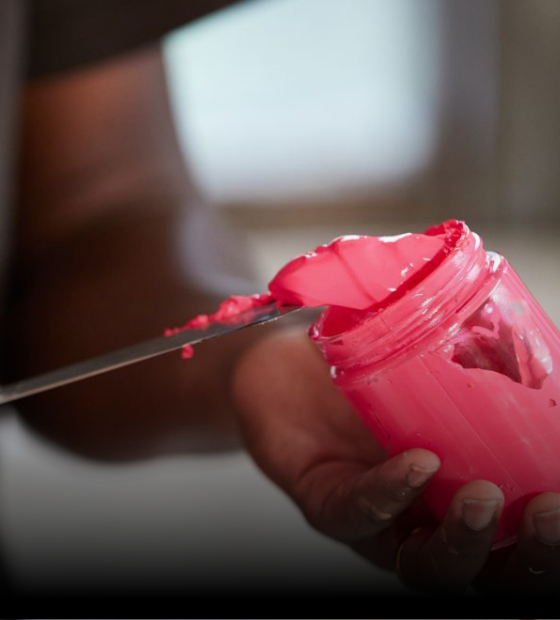
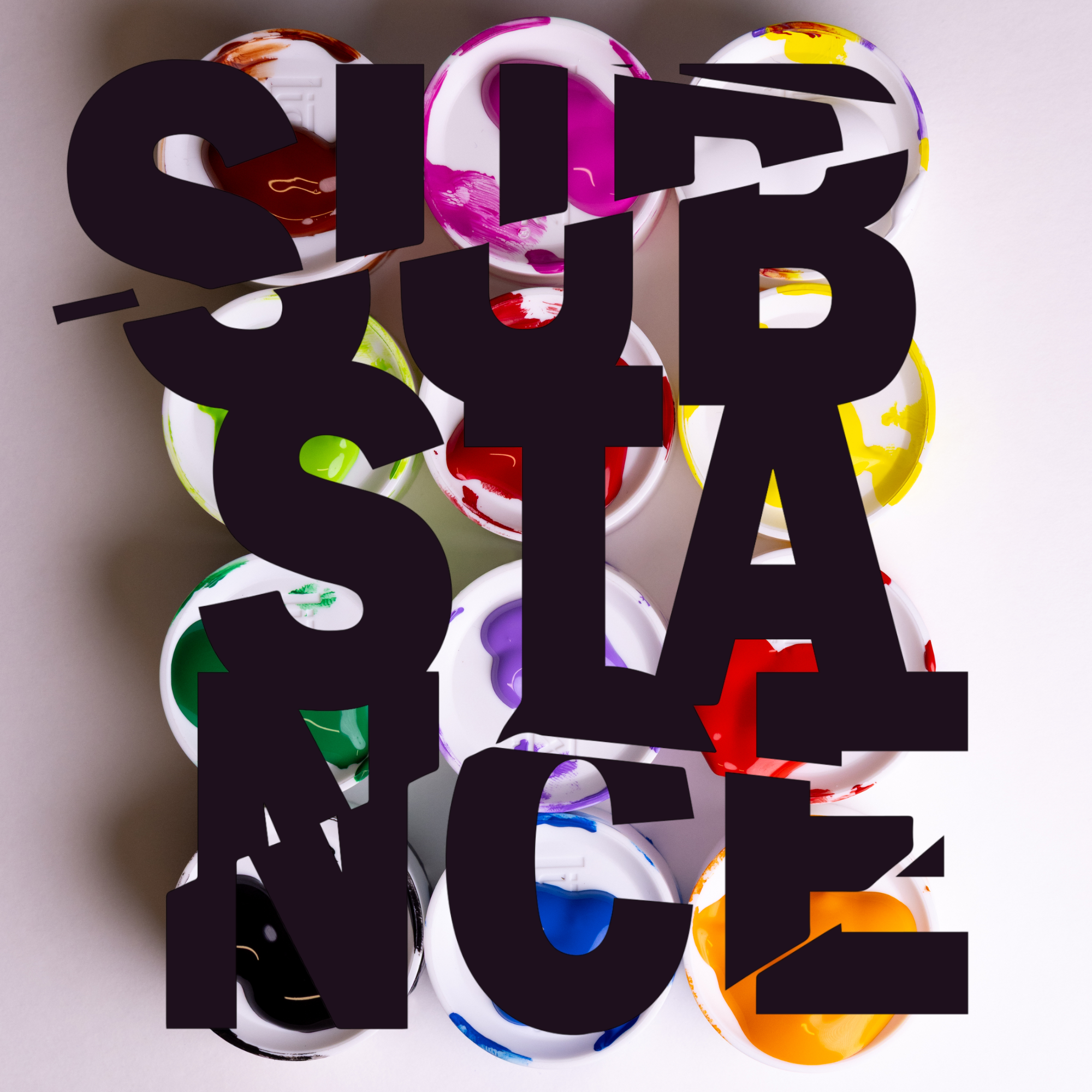
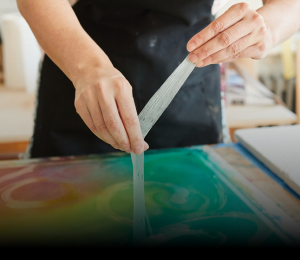
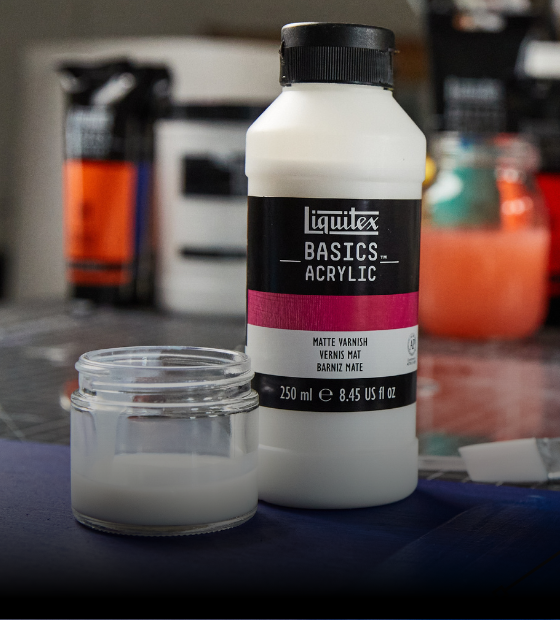
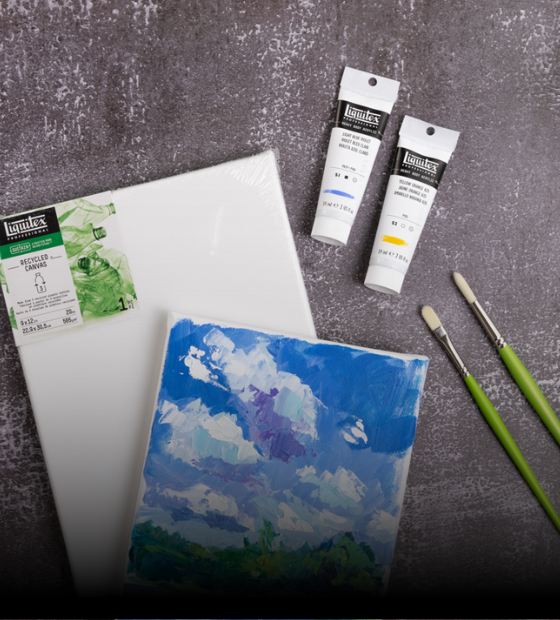
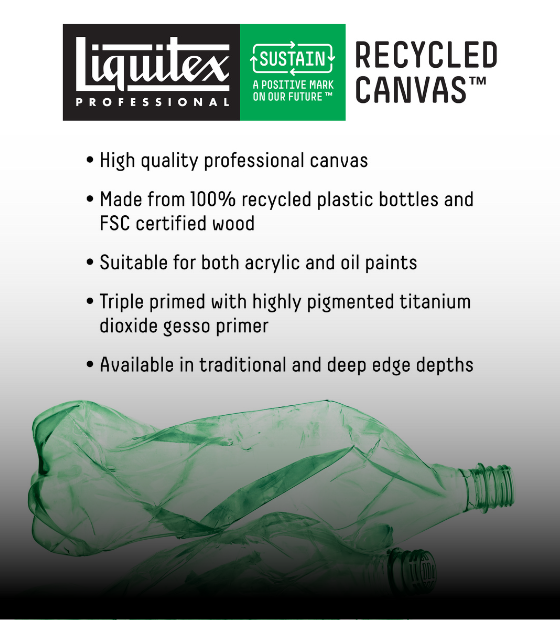
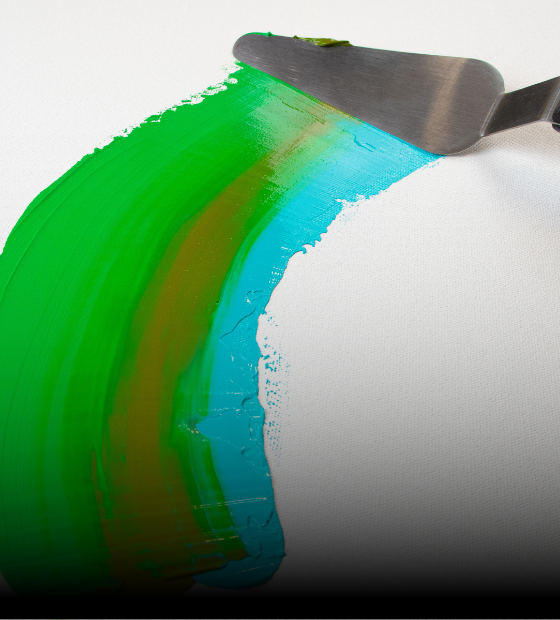
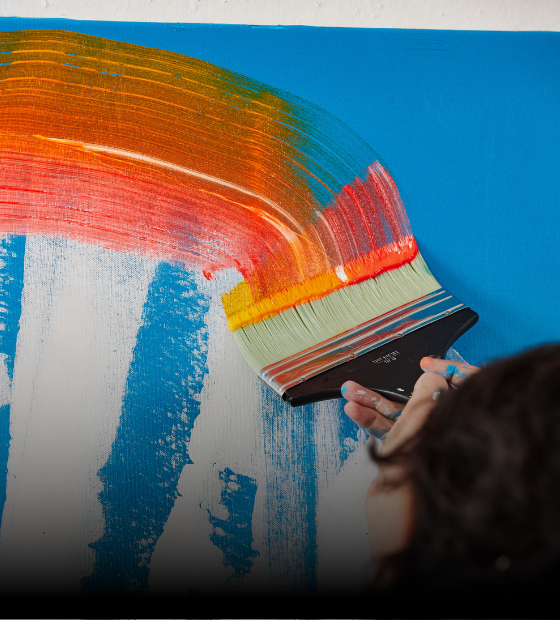
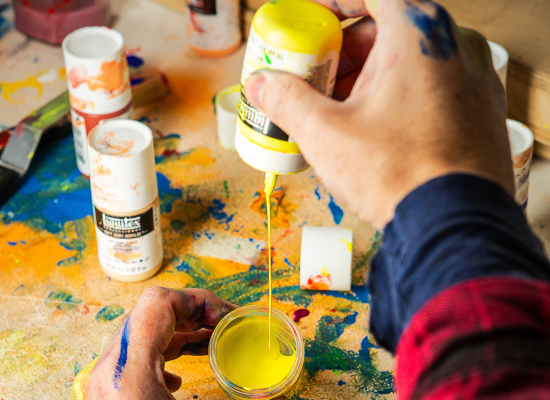
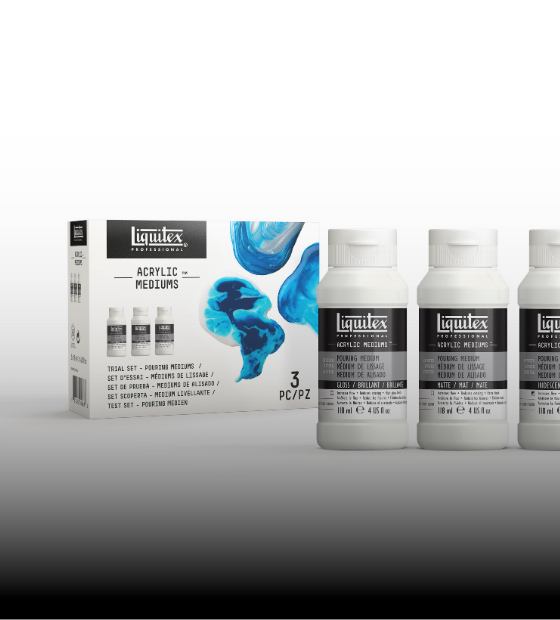
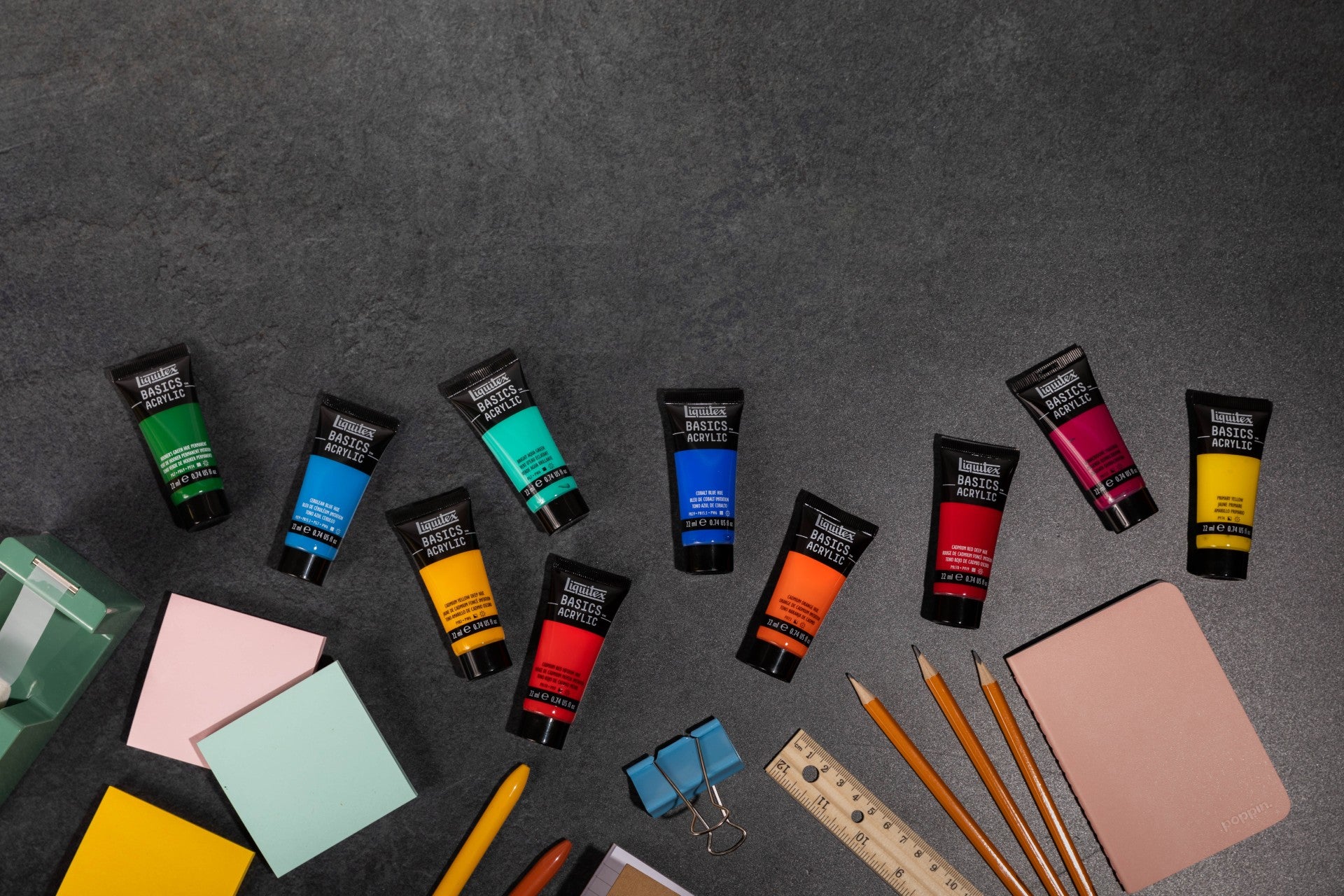
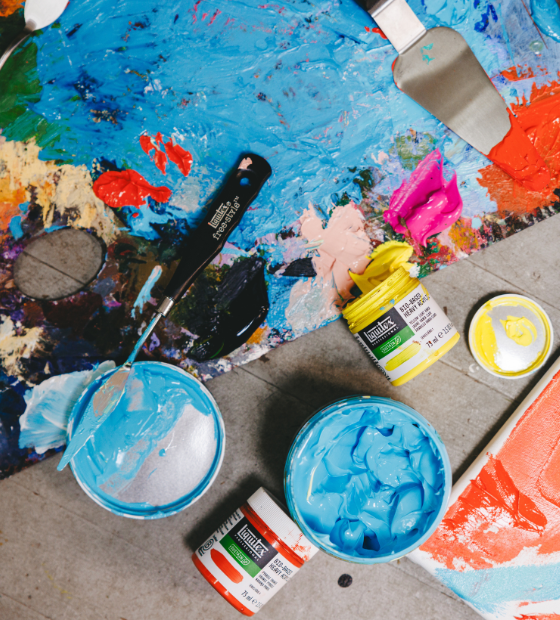
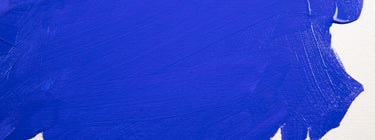
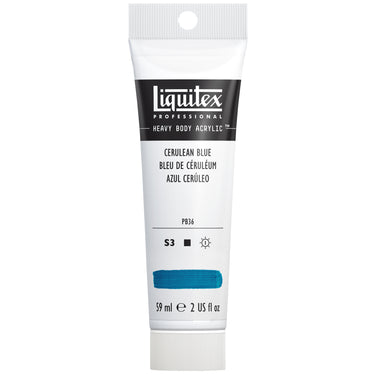
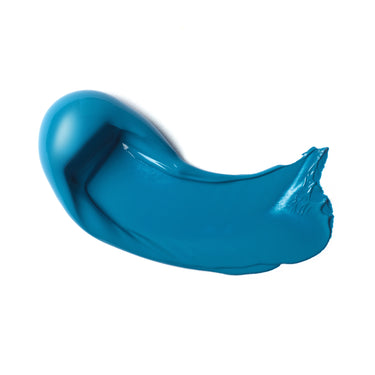


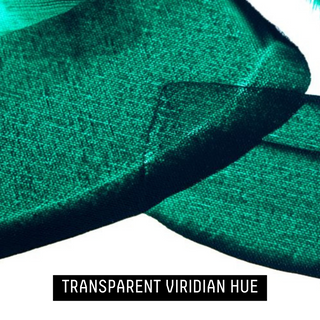
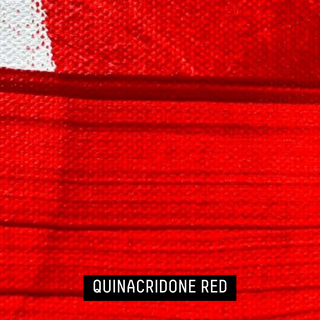
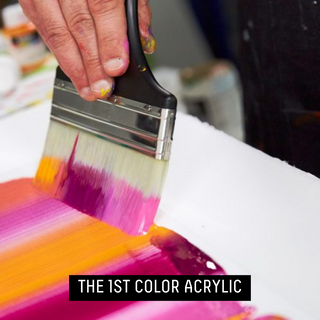
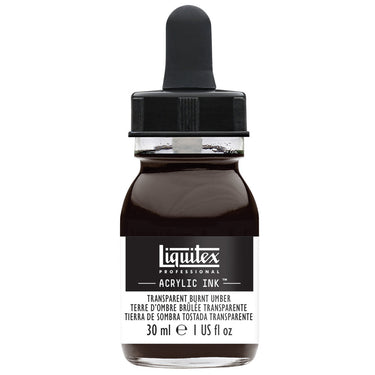
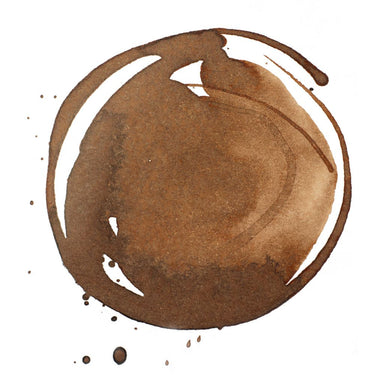
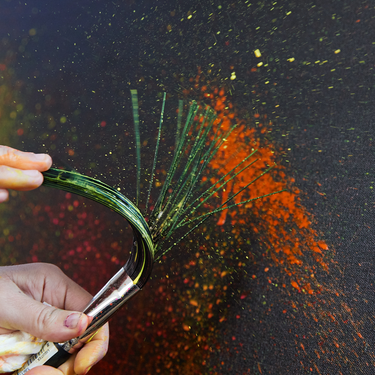
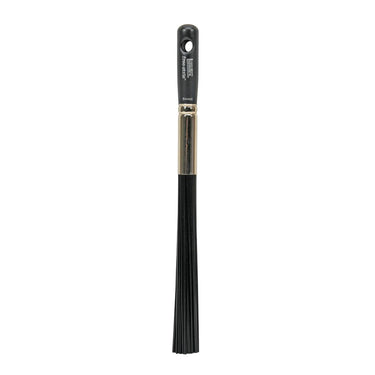


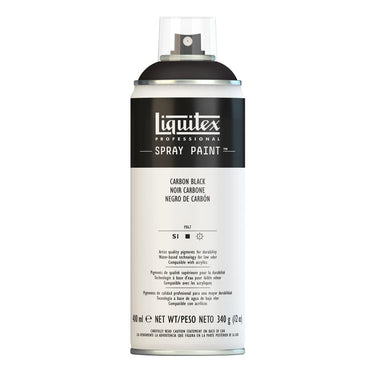



![LQX ACRYLIC MARKER SET 6X 2-4MM CLASSICS [CONTENTS] 887452001225](http://uk.liquitex.com/cdn/shop/files/68762_4855e6eb-82d5-4a11-a736-1f41ab15882e_375x375_crop_center.jpg?v=1709305272)
